Reportar esta entrada
Más sobre la misma comunidad-colección
Jennifer Han y Olivia Gerula Lucha por el título - 2017
Han scored a sparkling unanimous decision victory Friday night ...
Catedral del padre Matty y San Patricio - 2010
Father Rick Matty in 2010 & Saint Patrick's Cathedral ...
Catedral de St. Patricks - Santuario al santo Maldonado
St. Patrick's Cathedral - Shrine to St. Maldonado
Catedral de St. Patrick's - 1930
St. Patrick's Cathedral - 1930 - Columbus Day Parade. Procession ...
Diócesis - Catedral de St. Patrick's
Interior of St. Patrick's Cathedral - statue of St. Patrick - El ...
Diócesis - Catedral de St. Patrick's
Diocese - St. Patrick's Cathedral - Father Matty - Men's ACTS ...
Estatua de St. Patrick - Diócesis - Catedral de St. Patrick's
Diocese - St. Patrick's Cathedral - El Paso, Texas. St. ...
Jennifer Han y Olivia Gerula Lucha por el título - 2017 - Video
EL PASO, Texas - Jennifer Han defender her IBF world ...
Scenic Drive (paseo panorámico) - El Paso, Texas
Scenic Drive- German - El Paso, Texas. Photograph of a young man ...


















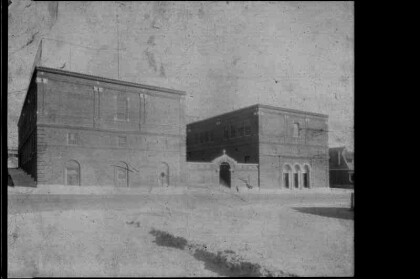
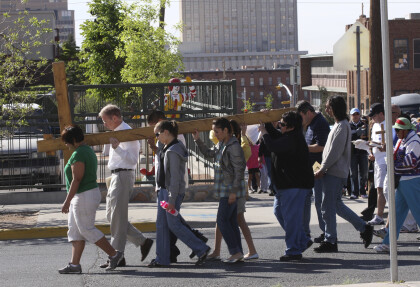

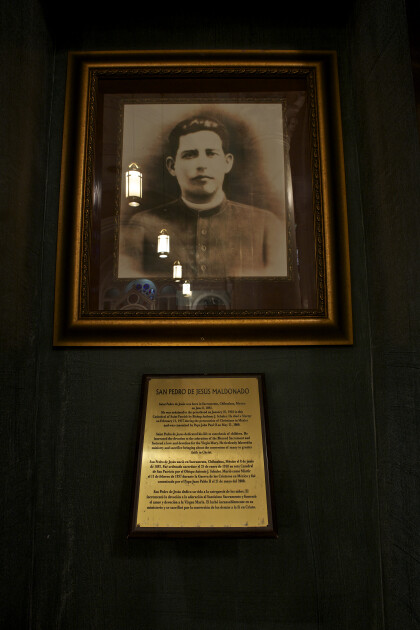



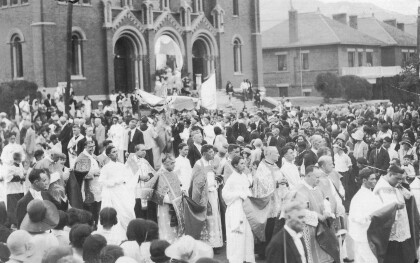
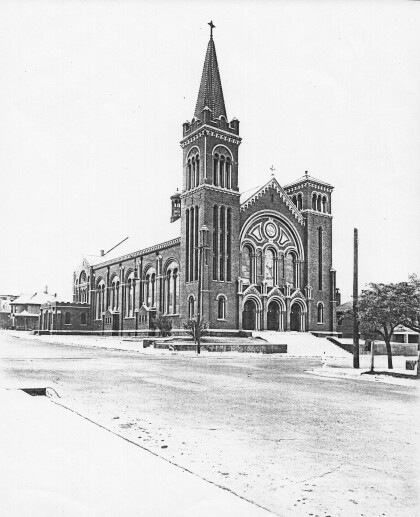
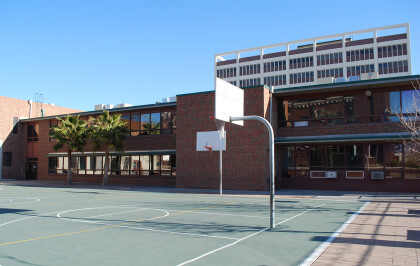

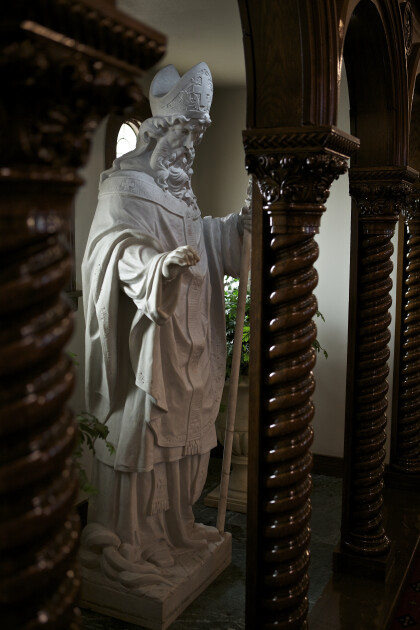


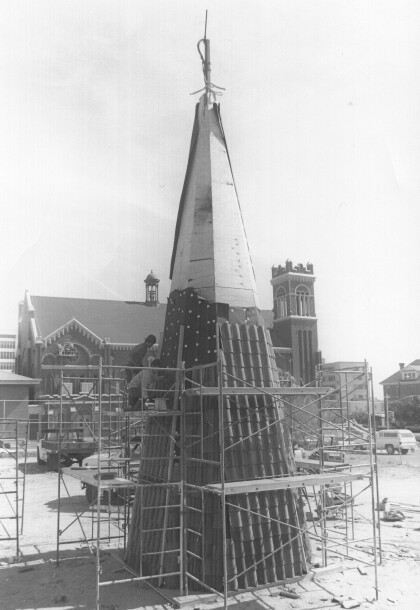
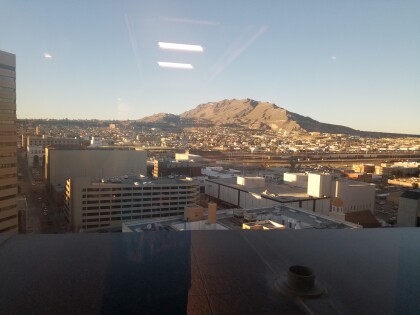
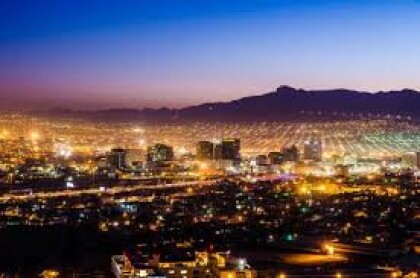
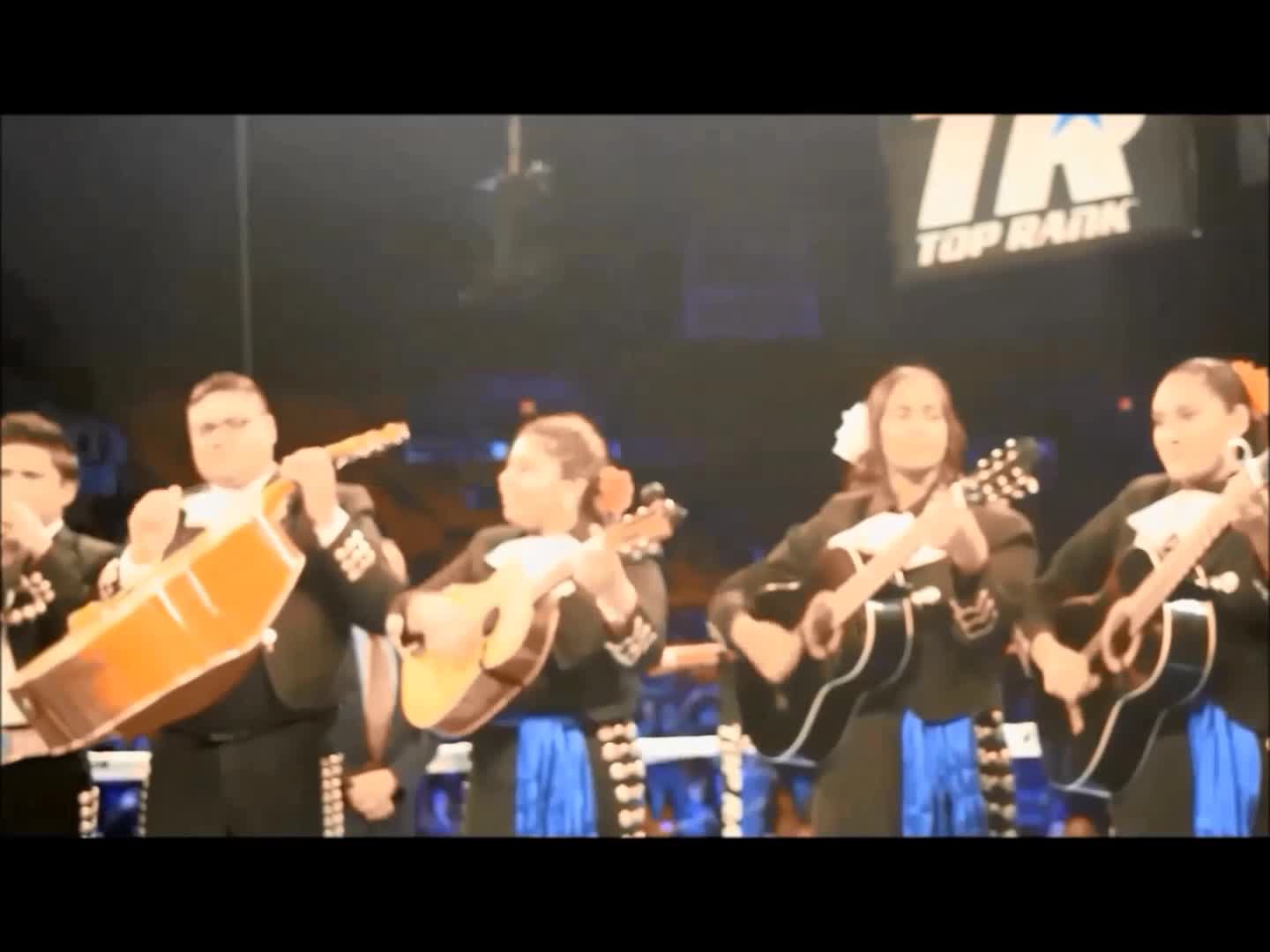
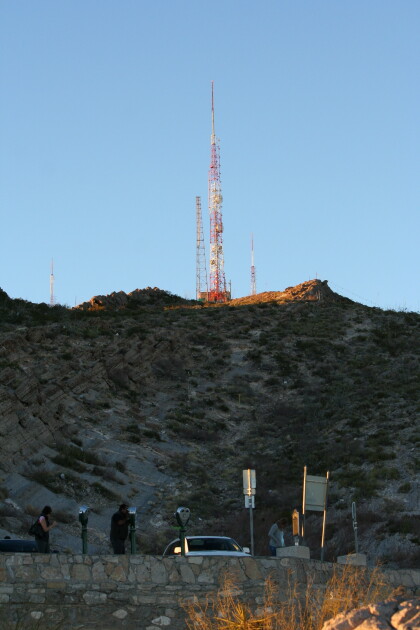


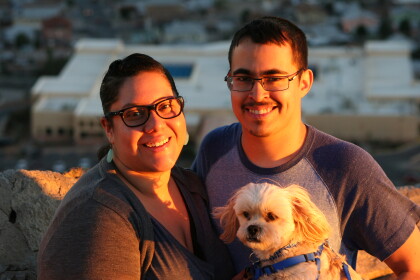
Comentarios
Hacer un comentario